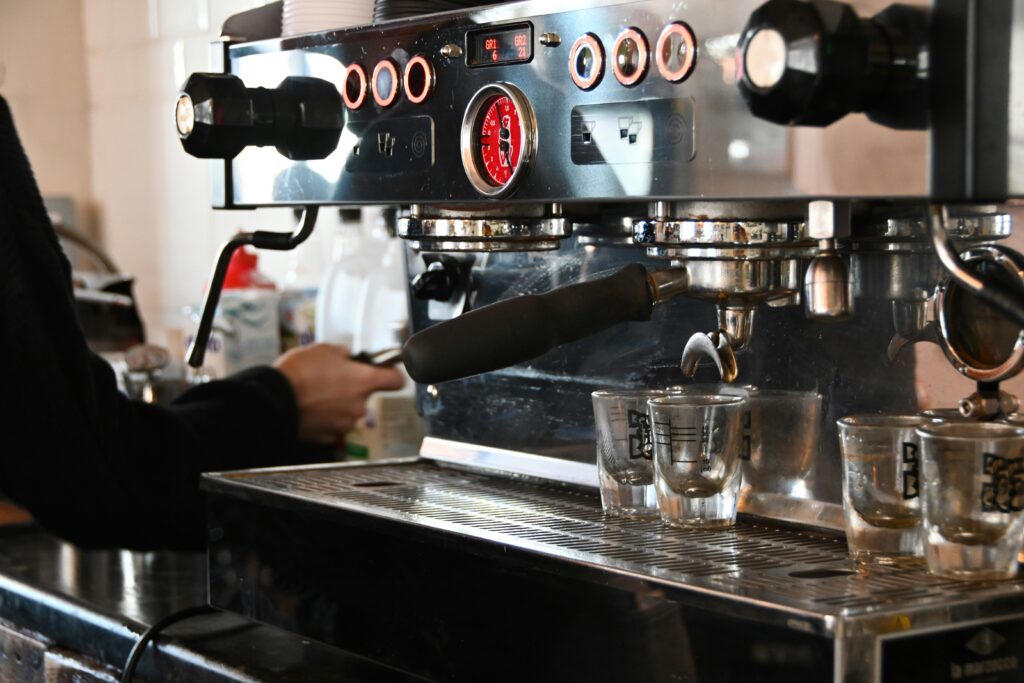
By Kyla Reed - May 21, 2025
Closing the UK SME Gap: Tech-Driven Solutions for the “Missing Middle”
Discover how open banking, AI-powered automation and API-first banks are closing the “missing middle” in UK SME lending—slashing funding times
Buy now pay later (BNPL) post-purchase finance: is it a financial stroke of genius, or a mere result of the instant-gratification era? Today’s consumers are used to getting what they want, and getting it now. Amazon Prime and Uber Eats are businesses that thrive on this aspect, providing same-day delivery for each of their customers’ whims. Now, consumers not only get what they want immediately, they also don’t have to worry about paying for it just yet.
Yet, this isn’t just shallow desires being fulfilled. 40% of Americans have less than USD 300 in savings at any time. When heating systems fail in the dead of winter or cars break down when they are a consumer’s only way of getting to work and earning money, BNPL becomes a godsend.
The coronavirus pandemic helped the already fast-growing ecommerce industry explode, and BNPL was in on the action, too. In 2020, 2.1% (roughly USD 97 billion) of all worldwide ecommerce transactions were through BNPL. Far from just a fad or a way to trick consumers, BNPL could be the future of finance.
Buy now, pay later (BNPL), also known as post-purchase finance, allows customers to purchase an item without paying upfront. The added benefit for many is that BNPL options are often interest-free.
While BNPL isn’t exactly a recent revolution, the spin that different brands are putting on the approach is turning heads with today’s consumers. The trend is only growing, with further exponential growth predicted in the coming years. In fact, according to a recent report, the BNPL industry is expected to generate USD 680 billion worth of worldwide transaction volume in 2025.
That same report dove into the reasons that customers are opting for BNPL options instead of other money borrowing techniques:
For many, it sounds too good to be true. It’s not, but things do work differently behind the scenes. Most banks and credit-card issuers make money by charging customers interest on every single purchase. While rates vary and there are usually introductory interest-free offers, the average consumer will eventually pay steep interest on their credit card, wracking up additional debt on top of the actual purchase.
BNPL companies don’t make their money through the customer, but by making deals with retailers and taking a cut of purchases. When BNPLs approach retailers, they highlight the benefits of working together and show that by offering customers a BNPL option, they’re actually going to sell more goods and earn more money, even after the BNPL takes their cut. As a result, dozens of top retailers have built-in BNPL options through leading companies like Klarna, LayBuy, and Clearpay.
These benefits are clear. Statistics show that nearly 40% of Brits admit to having used a BNPL service. While more and more retailers are offering BNPL options, those who are dragging their feet will soon have to make up their minds in order to keep up with customer preferences.
As Millennials dominate the consumer market and Gen-Z enters the space, businesses won’t have a choice. In fact, the same stats reveal that 54% of millennials use BNPL methods, and nearly 10 million Brits say that they avoid making purchases from retailers that don’t have a BNPL option at checkout.
With the post-purchase finance trend gaining significant steam, one has to ponder what’s next. For the industry to surge ahead and grow in the way it’s predicted to, even banks and retailers already offering BNPL must be ahead of the curve, dynamic, and constantly innovating. So what can we expect to see?
While BNPL has been most successful thus far with product-based industries (for example, retail), we anticipate that other types of businesses will join the movement. This is modeled by Klarna’s partnership with Expedia, which allows customers to pay for their travel later. Another such travel example is American Airlines and Affirm. Similar trends are beginning to emerge in the financial and insurance industries as well.
Traditional banks are being hit. BNPL schemes are presenting much better opportunities for customers, and as a result, fewer people are taking out credit cards or spending on those that they have in favor of post-purchase financing options like Klarna and Clearpay. To survive, banks are forced to follow suit. Banks that are seen as more progressive, like Monzo and Revolut, already offer flexible options to customers that tick the BNPL model box, and more are sure to follow before long.
Presently, Buy Now, Pay Later businesses carry out few and quite basic credit checks on customers hoping to use the service. As competition and demand grows with the development of the industry, BNPLs will need to tighten up the quality and processes for their checks. As more customers enter the space, the risk to these businesses will build, leaving them potentially vulnerable to a burst bubble if they aren’t willing to be more stringent with their checks and requirements from customers. This isn’t to say that standards for BNPLs will be as high as they are for credit cards or traditional loans, and customers will likely still favor the approach, but nevertheless, change will come to the way customers are analysed.
To find out more about the FintechOS BNPL solution, visit our solution page.